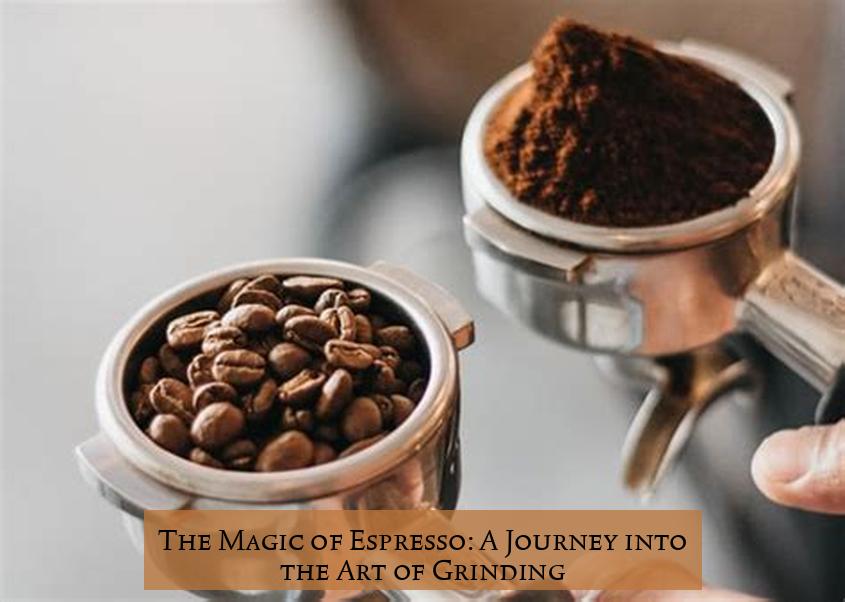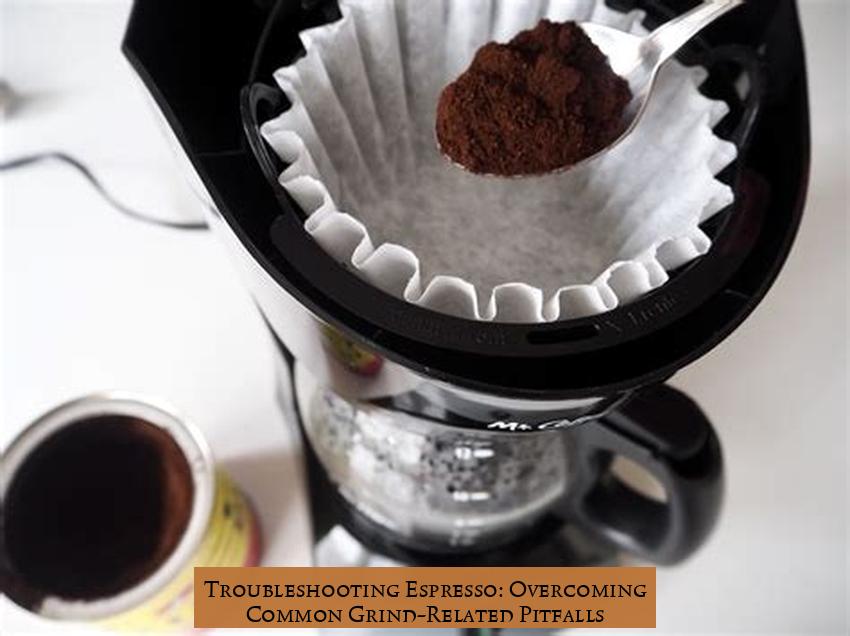Unveiling the Secrets of Espresso: Embark on a journey with William’s Coffee Co as we delve into the art of grinding, the magic of bean selection, and troubleshoot common pitfalls in the world of espresso. Get ready to uncover the secrets behind the perfect cup of espresso and embrace the art of coffee like never before. Whether you’re a seasoned coffee aficionado or a curious beginner, this blog is your ultimate guide to mastering the art of espresso. So, grab your favorite mug and let’s brew up some knowledge!
Key Takeaways
- All coffee can be used for an espresso machine, provided it has the right fine grind.
- Medium/dark coffees are ideal for espresso because they are less acidic than light roast coffee.
- The difference between espresso and coffee comes down to the way they are prepared, rather than the actual beans.
- Espresso grind needs to be a fine grain, and using a burr grinder is recommended.
- Choosing a darker roast is important if using pre-ground beans for espresso to achieve the desired flavor.
- Espresso is a drink and brew method, not a specific type of bean, so any coffee can be used for espresso.
The Magic of Espresso: A Journey into the Art of Grinding

Espresso, a divine elixir that tantalizes taste buds and awakens the senses, is not merely a type of bean but a brewing method that transforms any coffee into a symphony of flavors. While the beans themselves hold the potential for greatness, it is the grind that unlocks their hidden treasures and unveils the true essence of espresso.
More updates: Unveiling McDonald’s McCafe Espresso: The Art of Premium Arabica Beans
Unlike regular coffee brewing, espresso demands a finer grind, a delicate balance that allows water to extract the rich flavors and aromas from the beans. This fine grind creates a resistance that forces the water to flow slowly through the coffee grounds, resulting in a concentrated, flavorful shot that packs a punch.
The grind size plays a crucial role in the brewing process. Too coarse a grind will allow water to pass through too quickly, resulting in a weak, under-extracted shot. Conversely, a grind that is too fine will impede the water flow, leading to an over-extracted shot that is bitter and astringent.
Achieving the perfect grind requires the right tools. While blade grinders can be convenient, they often produce uneven grinds that can compromise the extraction process. Burr grinders, on the other hand, utilize two rotating burrs to crush the beans, resulting in a consistent and uniform grind that is ideal for espresso.
The Art of Bean Selection: Unveiling the Secrets of Espresso
Not all coffee beans are created equal when it comes to espresso. While any coffee can be ground for espresso, the choice of beans can significantly impact the flavor and aroma of the final brew.
Medium to dark roast coffees are often preferred for espresso as they offer a richer, less acidic flavor than lighter roast coffees. These darker roasts have undergone a longer roasting process, which caramelizes the sugars and develops a more complex flavor profile.
When selecting pre-ground beans for espresso, it is important to opt for a darker roast to achieve the desired flavor. Regular pre-ground coffee can be used, but it may not yield the same intensity and depth of flavor as beans specifically roasted for espresso.
For those who prefer to grind their own beans, a variety of options are available. Single-origin beans, sourced from a specific region, offer unique flavor profiles that can showcase the terroir of the growing area. Blends, on the other hand, combine beans from different regions to create a harmonious balance of flavors.
Experimenting with different beans and roasts is key to discovering the perfect espresso blend that aligns with your taste preferences. Whether you favor the bold intensity of a dark roast or the nuanced flavors of a single-origin bean, the journey of exploration is part of the joy of crafting the perfect espresso.
Troubleshooting Espresso: Overcoming Common Grind-Related Pitfalls

The pursuit of the perfect espresso can be a rewarding but sometimes challenging endeavor. Grinding issues are one of the most common obstacles that can stand between you and a flawless shot.
If your espresso is consistently weak and watery, it is likely due to a grind that is too coarse. The water is flowing through the grounds too quickly, resulting in an under-extracted shot. To remedy this, adjust your grinder to a finer setting and try again.
On the other hand, if your espresso is bitter and astringent, the grind may be too fine. The water is struggling to pass through the grounds, leading to an over-extracted shot. In this case, adjust your grinder to a coarser setting and see if that improves the taste.
Another potential issue is channeling, which occurs when water finds a path of least resistance through the coffee grounds, resulting in an uneven extraction. To prevent channeling, ensure that the coffee grounds are evenly distributed in the portafilter and tamped down firmly.
By understanding these common grind-related pitfalls and their solutions, you can troubleshoot your espresso brewing process and consistently achieve the perfect shot, one that delights your taste buds and awakens your senses.
Conclusion: Embracing the Art of Espresso
For you, Mastering the Art of Espresso Grind: Avoiding the Pitfalls of Grinding Too Fine
The world of espresso is a vast and captivating one, where the grind is a fundamental element that unlocks the true potential of coffee beans. By understanding the principles of grinding, selecting the right beans, and troubleshooting common issues, you can elevate your espresso-making skills and embark on a journey of flavor discovery.
Remember, the perfect espresso is not a destination but a journey, one that invites experimentation and exploration. Embrace the art of grinding, savor the nuances of different beans, and revel in the transformative power of espresso, a beverage that awakens the senses and ignites the spirit.
Can any coffee be used for an espresso machine?
Yes, all coffee can be used for an espresso machine, provided it has the right fine grind.
Why are medium/dark coffees ideal for espresso?
Medium/dark coffees are ideal for espresso because they are less acidic than light roast coffee, resulting in a smoother flavor.
Is there a difference between coffee grounds and espresso grounds?
The difference between espresso and coffee comes down to the way they are prepared, rather than the actual beans. Espresso beans are roasted for a long time (dark roast), have a fine grind, and require high pressure to create concentrated coffee.
Can you grind coffee for espresso with a regular grinder?
Espresso grind needs to be a fine grain, and using a burr grinder is recommended for achieving the right consistency.
Can you make espresso with pre-ground coffee?
Many people use pre-ground coffee to make espresso. It’s important to choose a darker roast if using pre-ground beans to achieve the desired flavor.
Can any type of coffee be made as espresso?
Yes, any coffee can be used for espresso. Espresso is a drink and brew method, not a specific type of bean.

